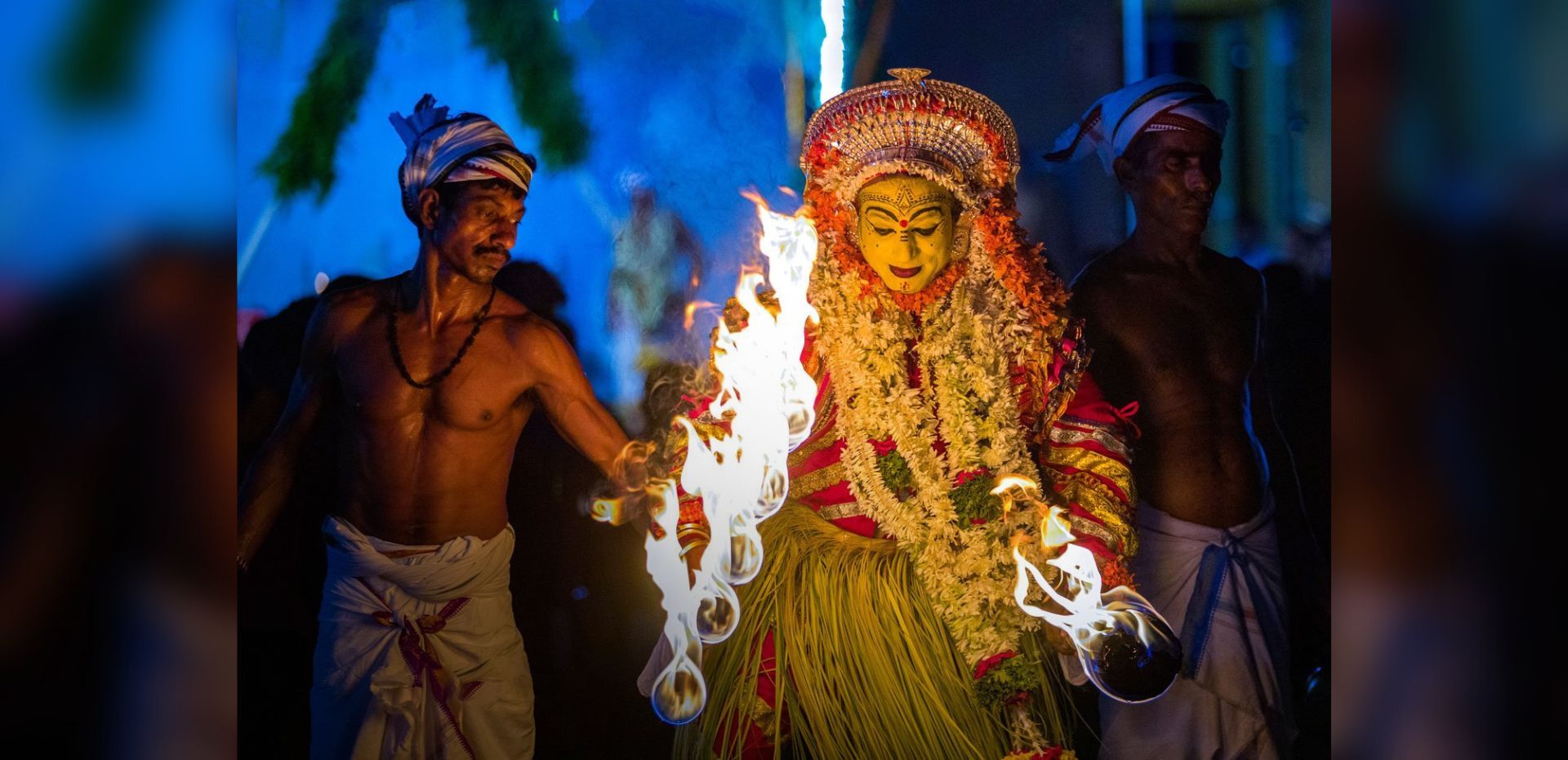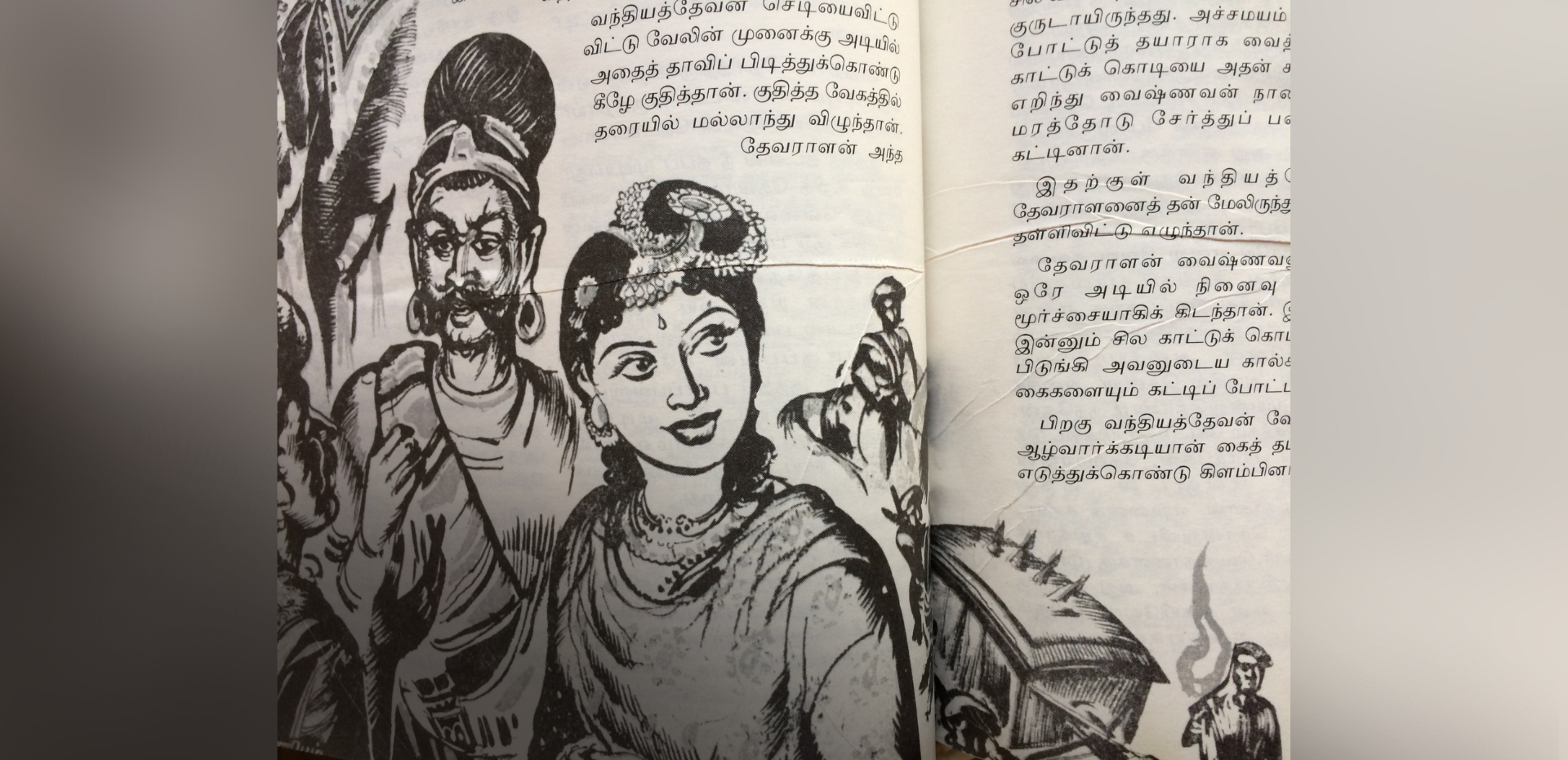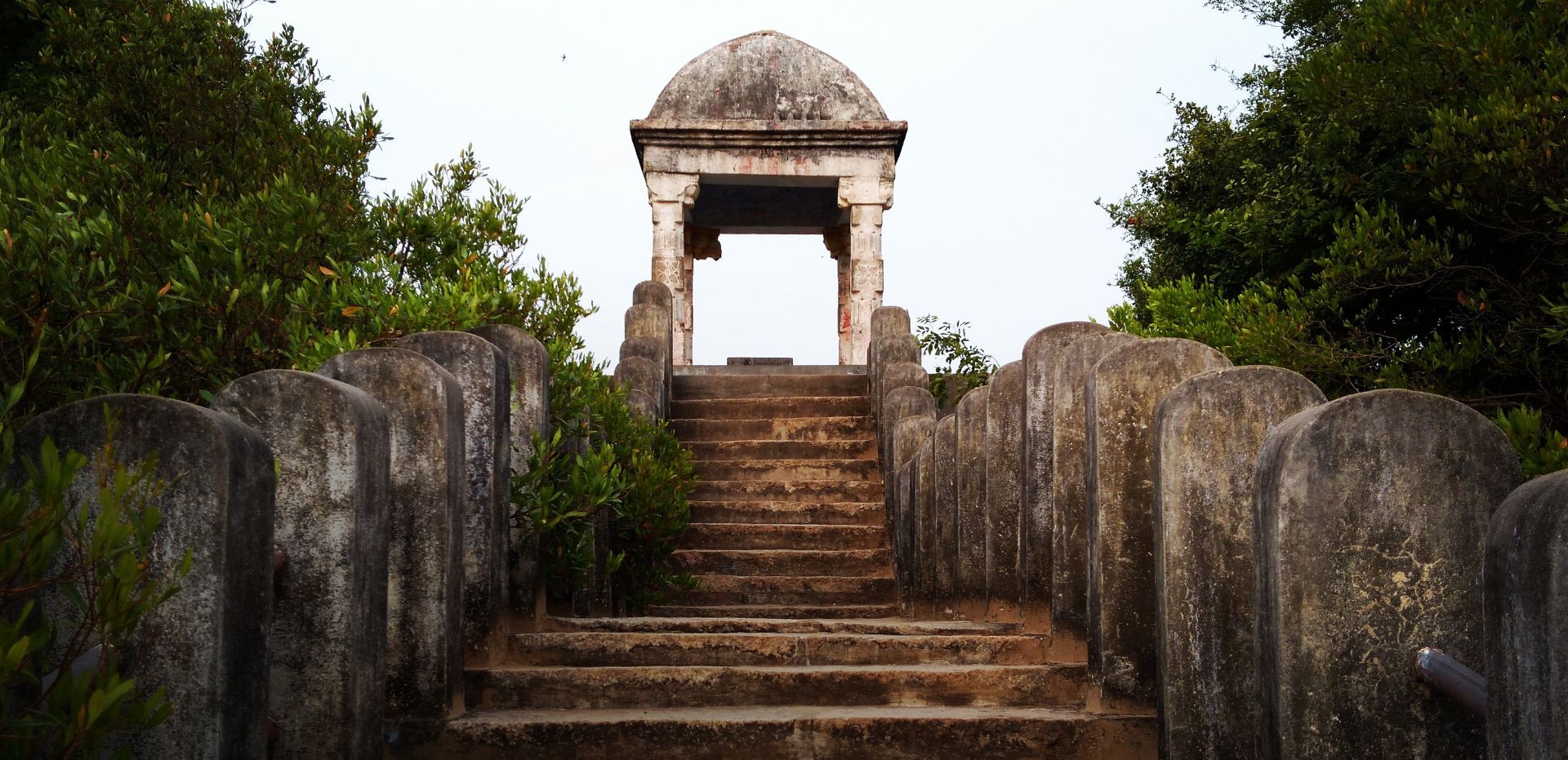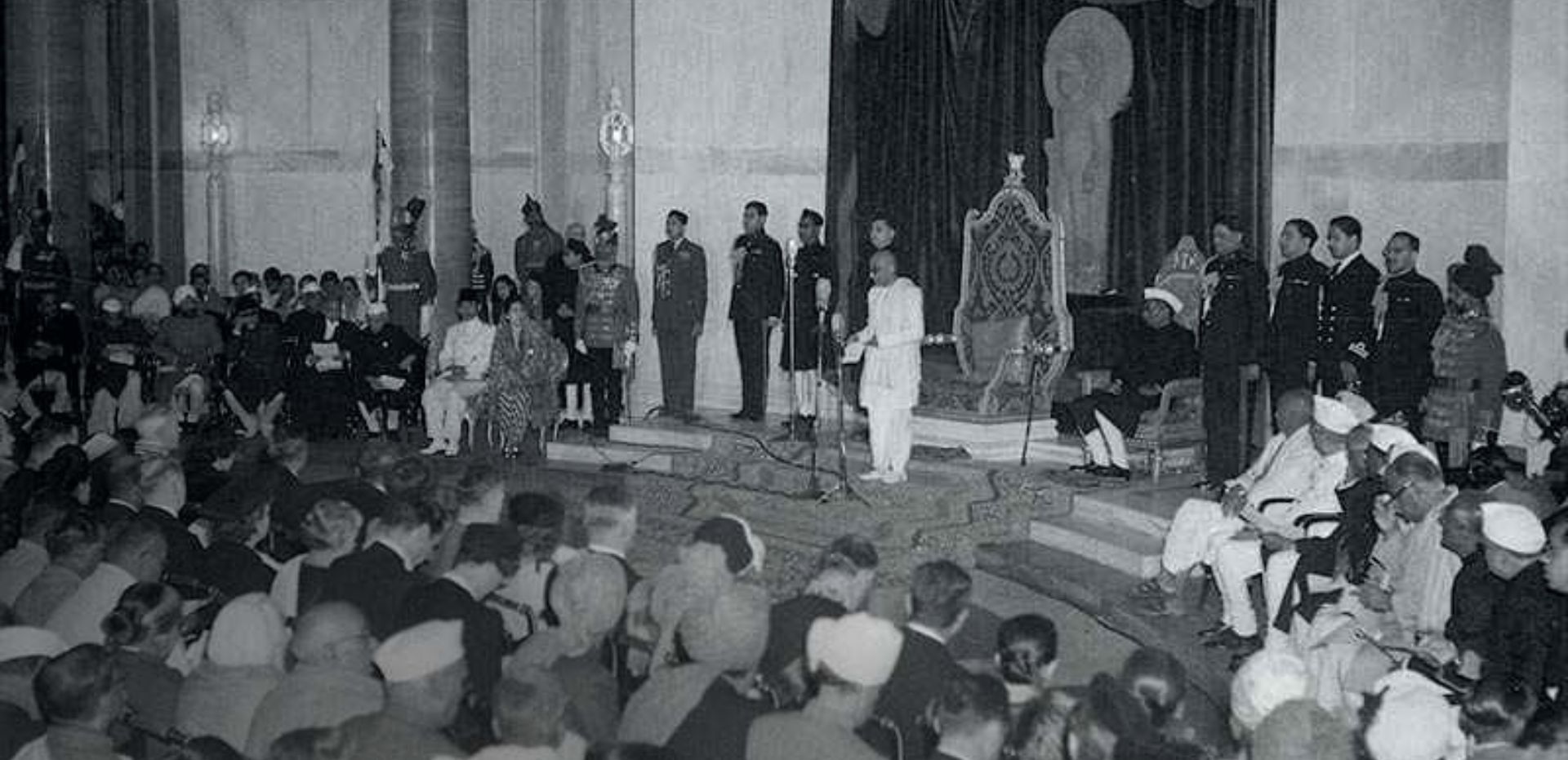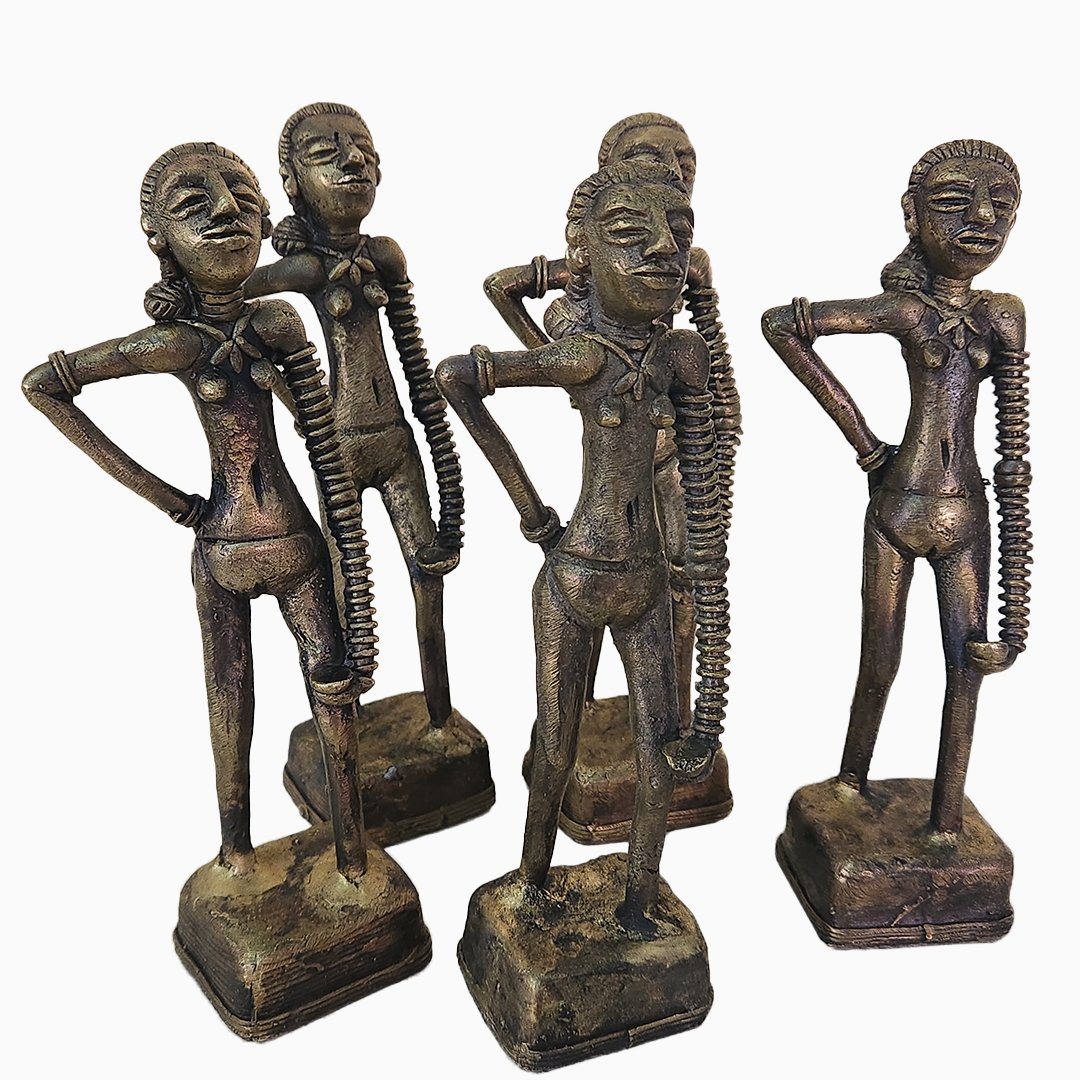The Vivacious Art of Haroti
BOOKMARK
Third of our four-part series on Rajasthan’s miniature art
Hunting scenes are common in art. They are used to showcase the valour and courage of warrior kings and nobles, a way of inspiring trust in the people and showing off their power. While men are usually shown carrying out important actions, women are shown engaging in leisurely, pleasurable activities and often just waiting for their men to come back.
But this mid-18th century miniature showing queen Budhavati of Kota hunting tigers neatly flips the stereotype. This and many others gems are a part of the small yet significant Haroti school of miniatures in Rajasthan, rooted in the south-eastern part of the state.
The Haroti school includes the art created in Kota, Bundi, Indergarh and Uniara, with Bundi and Kota being the most prolific. Although not as politically powerful as the other major Rajput states of Marwar, Mewar and Amber, Haroti stands apart for its exceptional art both miniatures and murals.
Bundi
The miniature art in Bundi originated in the 17th century and reached its peak during the 18th century. The art from Bundi is exceptional for its depiction of flowing rivers, dramatic night skies, lush vegetation, vivid movement and a distinctive way of depicting water by light swirls against a dark background.
In the early phase of the art, one can see Rajasthani elements with a strong Mughal influence, with the men and women depicted in a typically Rajasthani style. However, the later paintings of Bundi show a great influence of the Deccan since the rulers of Bundi had significant exchanges with the region. The artists used mostly green, red, blue and yellow to highlight their delicate line work and great imagination. A recurring motif is the lotus pond, which is in the foreground with aquatic flora and fauna. Some of the rulers who were significant patrons were Rao Chatarsal in the 17th century, Umed Singh in the 18th century and Bishen Singh in the 18th-19th century, and appear in numerous ...








